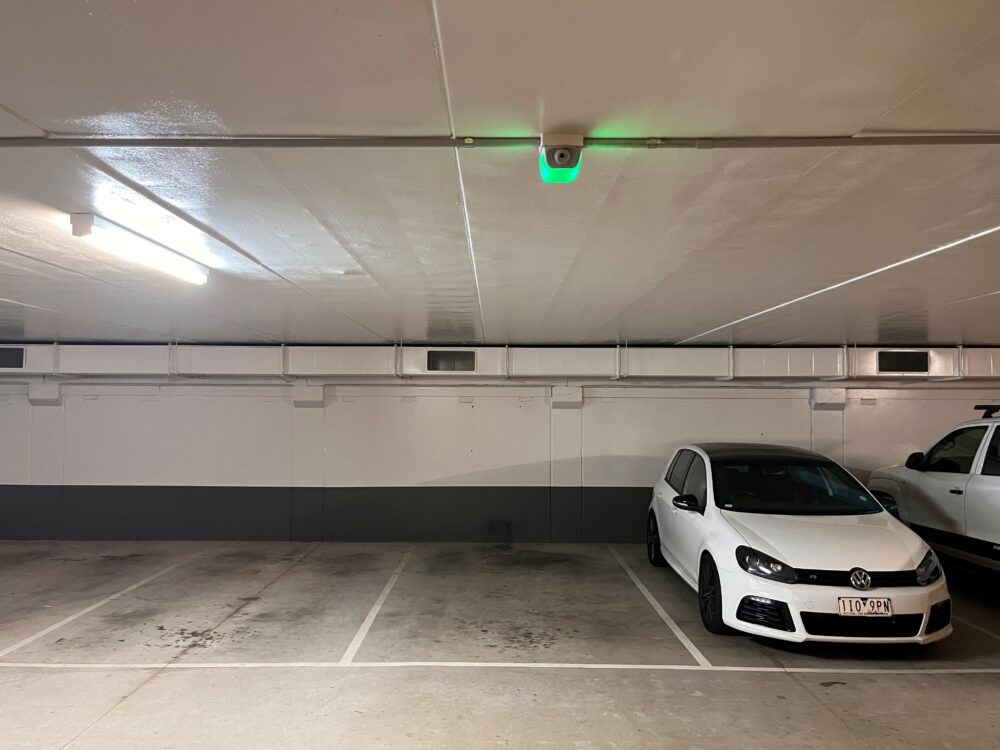How Do Parking Bay Sensors Work?

Coordinating vehicle parking is a major challenge. This is especially true when shopping centres, traffic, and carparks are busier than ever.
It can get even more complex when people are expected to pay for parking services. How can this be tracked manually?
Traditional parking systems make use of physical barriers such as gates and guards. Smart parking is a more reliable solution. Throughout 2025, these systems have advanced enough to become fully integrated parking systems.
They are designed to be automated and intelligent systems that can detect, locate, and manage parking spaces.
This post explores what Smart parking is and how parking bay sensors work. With an in-depth understanding of its many uses and benefits, you can upgrade your parking with confidence.
For the latest in smart parking technology, contact our team at Sensor Dynamics today.
What is Smart Parking?
Smart parking refers to integrating advanced technologies and systems to manage parking spaces. This is especially useful in busier urban areas where traditional parking methods may be too inefficient.
It involves the use of parking bay sensors, data analytics, and communication networks. Each is working together to provide real-time information about parking availability. It can guide drivers to vacant spots and simplify the overall parking experience.
How Parking Bay Sensors Track Every Space
Smart parking systems provide real-time information about parking availability. Here, we’ll break down how their parking bay sensors work.
1. Sensor-based Detection
When a vehicle enters the car park, sensors detect it. They then send data to a central control unit, which updates its information about the carpark’s occupancy status.
The parking bay sensors also constantly monitor the occupancy of specific parking spaces. All collected information is sent to the central control unit.
Most parking bay sensors rely on video cameras to record and monitor information.
2. Real-time Data Collection, Processing, and Analysis
The central control unit collects the data from the sensors and performs a comprehensive analysis of the carpark’s occupancy.
This analysis includes information such as:
- The number of available spaces
- Their locations
- Parking duration
- Time taken to locate a particular space
The data is then sent to a central database for further processing and analysis. Using cloud-based platforms and machine learning, the collected data is analysed. Real-time decisions can then be made about parking availability, pricing, and other factors.
3. Communication Systems or User-Friendly Applications
The communication system is used to transmit the collected data from the central control unit. It can send this data to other components of the system, such as parking metres and display boards. It also helps users locate parking spaces quickly and accurately.
The communication system can be based on 3G/4G, Wi-Fi, Bluetooth, or RFID technologies. It can also be connected to mobile applications for efficient and convenient access to parking lot information.
Common Parking Bay Sensor Questions
Today’s smart parking systems and bay sensors are more advanced than ever. They help drivers and operators save time, reduce congestion, and improve efficiency.
Here are the most common questions answered, so you can see what makes them so effective.
Can parking bay sensors track license plates?
Depending on your choice of camera or sensor, you can make use of license plate recognition software. With this, management may be able to search for specific vehicles or identify potential problem customers.
How accurate are modern parking bay sensors?
Our parking bay sensors are highly accurate. They are designed to withstand dirt and water that might otherwise block other sensors.
With 3MP colour cameras, they can capture high-quality images of up to six parking spots. This ensures you always receive reliable information.
How long does installation take?
At Sensor Dynamics, our team is ready to start working with you right away. With our advanced sensors and equipment, your smart parking system could be set up in a matter of hours or days.
Do parking sensors require regular maintenance?
Our sensors are low-maintenance. However, periodic inspections and updates ensure they continue to provide accurate, reliable data.
How Can Sensor Dynamics Help?
Since 2004, Sensor Dynamics has been a leading supplier of Automatic Number Plate Recognition technology and other smart parking solutions. With over 20 years of experience, we know the best ways to support your parking management needs.
We offer a wide range of solutions, including automated parking metre installation, maintenance programs, ticketless parking systems, and more.
Transform the Way You Manage Parking
Smart parking systems provide a convenient and efficient way to manage carparks. They utilise advanced systems to provide real-time information about parking availability.
At Sensor Dynamics, we offer a wide range of smart parking solutions to meet the needs of businesses. Contact us today to learn more about our Smart parking solutions.


